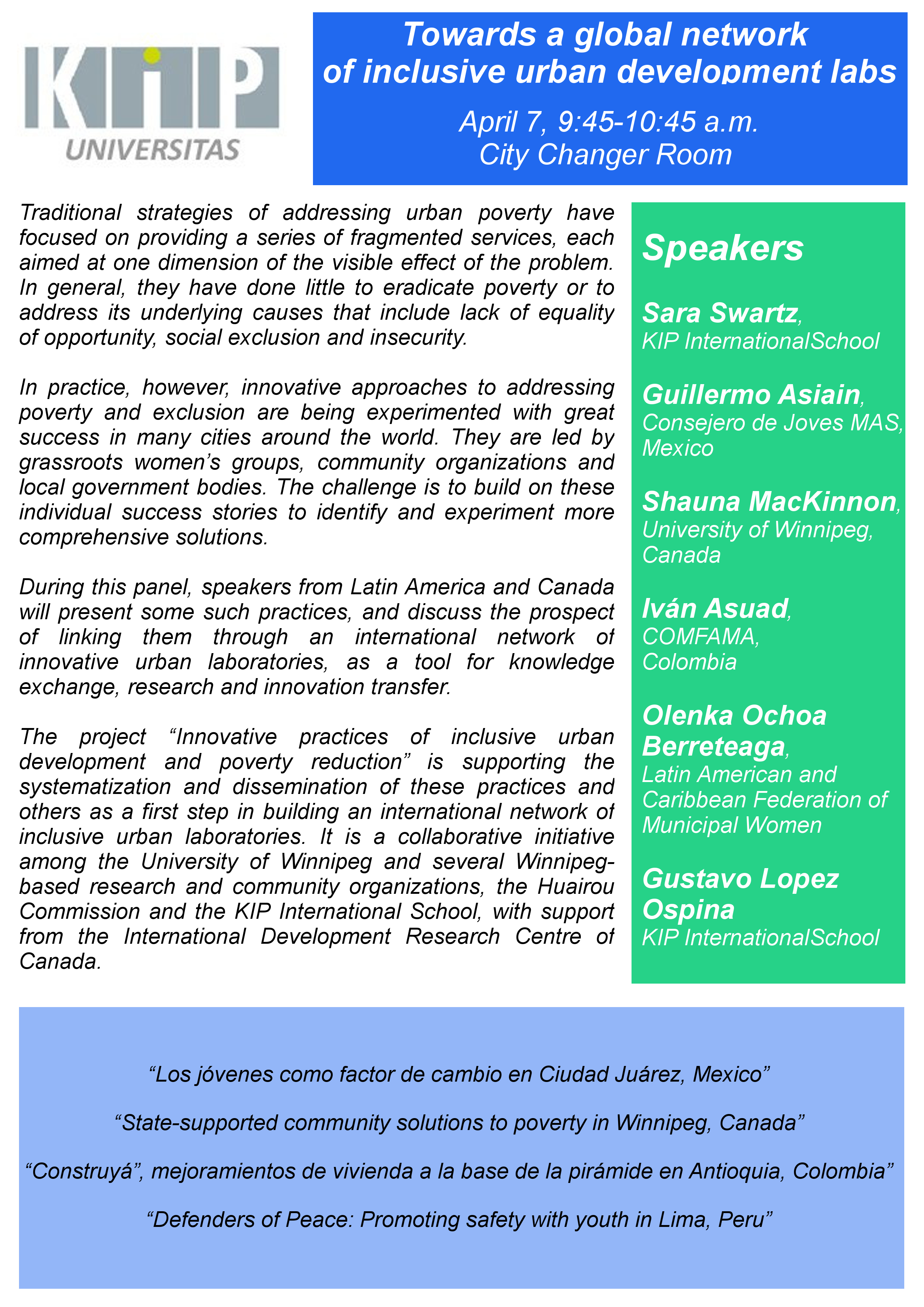It’s March 12, nearing the end of the term and I am overwhelmed with assignments to grade, papers to write, emails to answer, meetings to attend, and classes to prepare for. While I love to teach and look forward to discussions with my super smart students, I have to confess that when I woke up this morning thinking about all that I have on my plate, I had a fleeting thought that if I could skip class today I might get caught up a bit.
Of course I wouldn’t do that and especially not today. Some of the students in the Community Organizing class that I teach presented their term papers. I also had a presentation prepared. It was about an interview I recently read with the Greg Sharzer, the author of the book No Local. Sharzer provides a Marxist analysis of the limitations of localism. I found the article a good fit with the course material on many levels but his message about the necessity of collective struggle and resistance was particularly pertinent.
The first student presentation was a critical assessment of a community-based organization that while providing important services to its ‘community’ falls short, or so it seems, when it comes to politicizing its constituency and advocating at a broader political level.
A second presentation focused on an organization that does quite the opposite. There appeared to be at least two fundamental differences between this organization and that in the first presentation. The first example was an organization that did not grow organically from the population that it served. Its mandate was essentially that of ‘helper’ and in order to ‘provide help’ it received funding from various state bodies. The second example was an international organization built from the struggle of peasants, small farm owners and farm workers – resisters of the neoliberal marketization of food.
A third presentation was interestingly “in between”. It was the story of a local organization that grew from the struggle of disabled activists but had lost some of its activist steam along the way. A common reality for organizations that have come to depend on charitable and state funding but limited in what they can do—in effect silenced —through the confines of the Canada Not-for-Profit Corporations Act
These were all great presentations (further demonstrating how super smart my students are!).
But a fourth presentation spoke to the power that can come from struggle in a different way. It was a presentation about the private and collective struggle of individuals living with and fighting against the stigma that comes with having a mental illness. I was moved to tears by the student’s personal and extremely insightful story and her generosity. I was grateful that Jen selflessly and generously trusted the class enough to share it with us.
I was also taken with how her story of struggle is not completely different than the struggle described in the other presentations and in the interview with Sharzer.
Jen informed us that “in experiences of trauma, it is common for individuals to blame themselves for what happened and to believe that there was something they could have done to stop it from happening”. And while she was referring to trauma of a different and deeply damaging kind, I couldn’t help but think of the billions of people living in abject poverty, those who have lost their jobs, their homes, their pride—all as a result of the unbridled neo-liberal global capitalism that Sharzer speaks of, yet are conditioned to believe that they are to blame for their ‘misfortune’. Surely they could have done something to “stop it from happening”.
Jen’s final thoughts. which she graciously permitted me to share in this post, articulate the power that she has found in her struggle. What she may or may not realize is that what she has learned through her personal journey is also applicable to the collective struggle for social and economic justice. She says:
“…l know that the dialogue has begun to take place more and more between myself and others, and that we share a determination that is about far more than finding healing and wholeness for our own selves. It’s about walking and struggling with others…about listening to stories and telling our own. It’s about ending the shame that suffocates people in silence. It’s about being able to step forward together and say. “I matter too, as much as you, and this has got to change.”.
Thanks for the lesson Jen.


